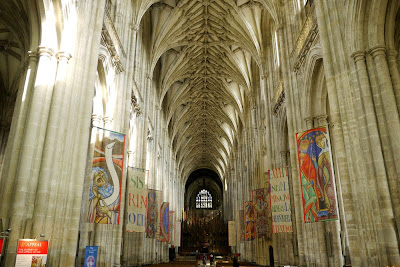Samuel Johnson quoted in Boswell's Life of Samuel Johnson
Memories of my younger days suggest that institutions had more integrity than is the case today. The Post Office, the BBC, the AA, the police, the local council and even the government may have been stuffy and somewhat inefficient, but were not generally regarded as mendacious.
Today institutions have changed for the worse – they tell lies. Usually lies of omission, Johnson's carelessness perhaps, but still lies. I could be looking back through rose-tinted spectacles of course, but I’m not too sentimental, I don’t actually want to go back to driving an Austin A40. In any case, there is a reasonable explanation for the mendacity of modern institutions and that’s public relations.
A few decades ago, institutions may have had their press office to deal with newspaper reporters and even a rare visit by a chap from the BBC, but they were much less inclined to put out a message so dripping with positive spin that it may as well be a barefaced lie.
Modern institutions have their off-days, but are far more inclined to defend the indefensible, if necessary for years. They are far more inclined to put out press releases which don’t even tell half the story, manufacture stories from nothing and generally exaggerate, misinform and mislead.
That would be bad enough, but all this positive spin promotes institutional mendacity. That in turn promotes mendacity among employees. It attracts those who are more inclined towards shading the truth, influences career progression, seeps into the culture, infecting everyone without the integrity to resist.
Institutions were always an important part of our culture. The BBC, the police with their whistles, bicycles and truncheons, the local council and the local bank. Again it’s worth wiping those rose-tinted spectacles in case they are misted up with nostalgia for a more honest past, but I don’t think it is all nostalgia.
The mendacity of institutions is genuine and most of it seems to be down to PR. How are we supposed to build a culture on lying?
READER: PLEASE CLICK THE REACTION BELOW - THANKS!
All original material is copyright of its author. Fair use permitted. Contact via comment. Unless indicated otherwise, all internet links accessed at time of writing. Nothing here should be taken as personal advice, financial or otherwise. No liability is accepted for third-party content, whether incorporated in or linked to this blog; or for unintentional error and inaccuracy. The blog author may have, or intend to change, a personal position in any stock or other kind of investment mentioned.






